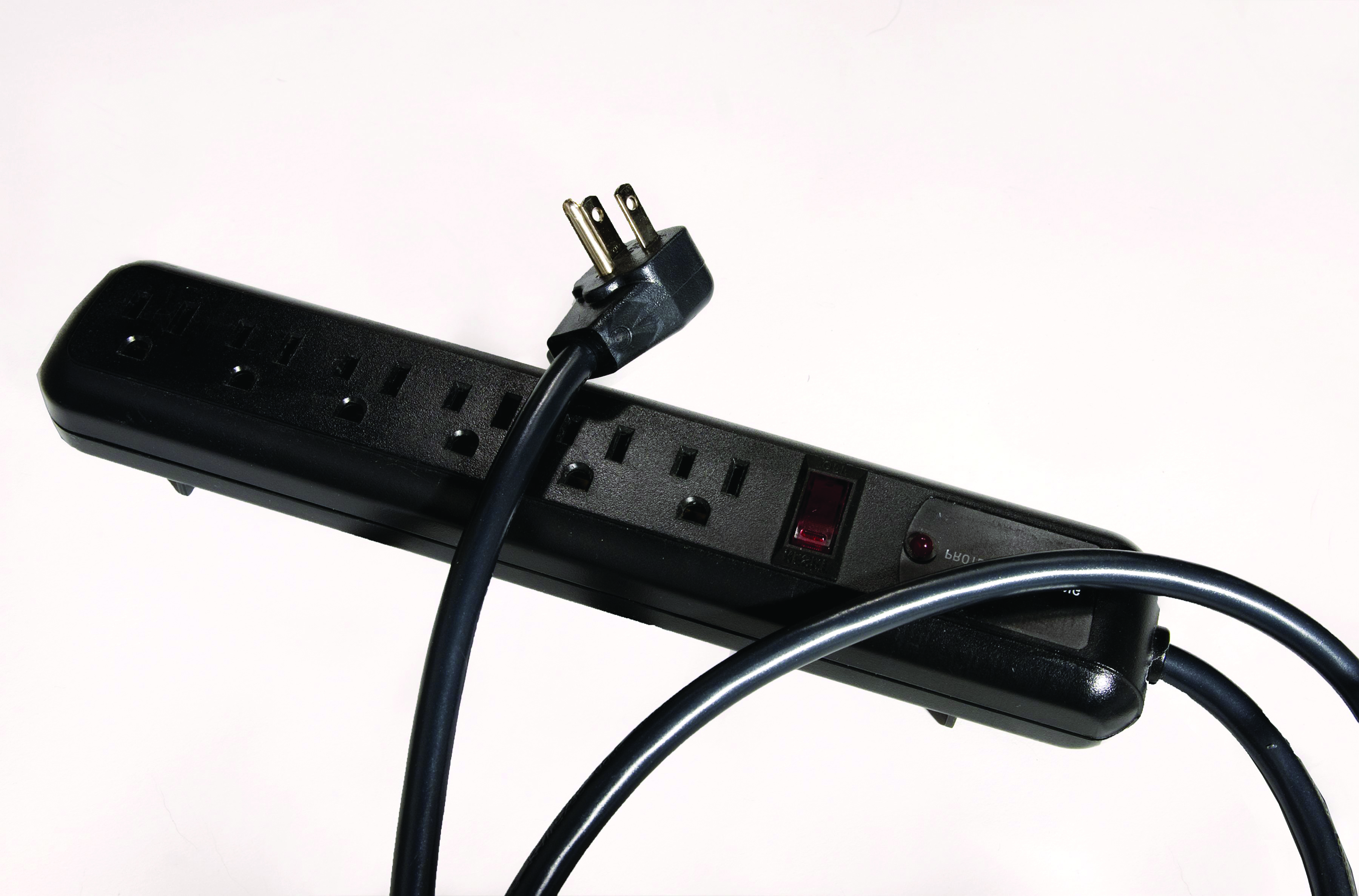Power strips versus surge protectors
Apr. 28, 2017 | Energy Saving Tips

By Tom Tate
As the proliferation of electronics impacts our daily lives, we realize there simply are not enough outlets in our homes. This is particularly true for older homes. As a result, we end up with a number of “outlet expanders,” more commonly known as power strips.
Power strips are generic and fulfill a very simple function. They are inexpensive, and the quality, I suspect, is on par with the price.
Keeping this in mind, let’s look at factors to consider when purchasing a power strip or a surge protector, the power strip’s more talented cousin.
Important tip: Make sure you know the amperage rating of the outlet into which you are connecting the strip and other equipment. A residential circuit can overload if you are not careful.
Purchasing a power strip:
If you are connecting expensive electronics, you may want to consider a surge protector. Here, price is even more important because a cheap surge protector can be worse than none at all for two reasons. One, they use cheap, small surge fighting components. Two, these components can fail and the strip still will provide power, all without any indication that its protective side is gone.
Like power strips, there are some key factors to consider when buying a surge protector.
Power strips and surge protectors are worth the investment when you follow these simple suggestions. Don’t get “burned” by purchasing cheap, inefficient strips and protectors. Pun intended.
Tom Tate writes on cooperative issues for the National Rural Electric Cooperative Association, the Arlington, Va.-based service arm of the nation’s 900-plus consumer-owned, not-for-profit electric cooperatives.